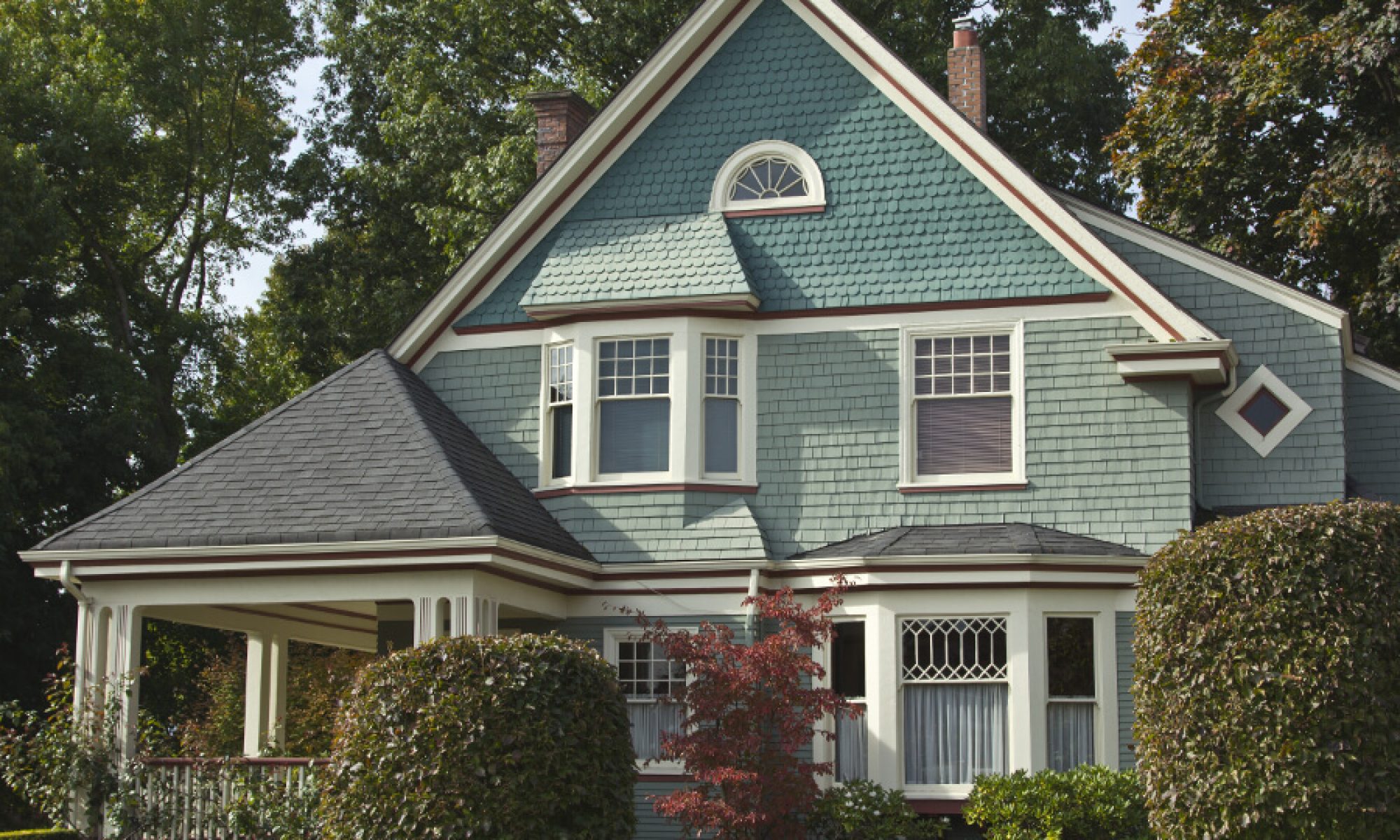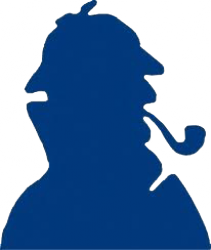Your septic system, with proper care and maintenance, should provide many years of trouble-free service. The following list includes what the homeowner can do to help the system operate properly.
-
- Vehicular traffic, including snowmobiles and trail bikes should not be allowed over the leaching bed area.
-
- Do not connect roof drains to the septic tank or allow surface water to drain toward the leaching bed.
-
- Do not use more domestic water than is necessary. If automatic washers and dishwashers are used, make sure full loads are washed each time. Excessive use could flush solids from the tank to the leaching bed.
-
- Occasional use of household cleaners, disinfectants, and drain solvents should not cause any problems. However, indiscriminate use may interfere with the operation of the system. Soaps and detergents that are phosphate free are recommended.
-
- Cooking grease and kitchen waste should go in the regular garbage or a composting unit. Grease can solidify and clog the pipes. Cooking grease should never go into the septic system!
-
- Never put cigarette butts, paper towels, sanitary napkins, condoms, disposable diapers, or other non-biodegradable objects into a septic system.
-
- The soil cover over the leaching bed should have a good crop of grass. Shrubs or trees should not be planted on top of or around the leaching bed area. Their roots could enter the pipes, causing a blockage.
-
- The septic tank should be inspected every two to three years, and the tank pumped out when necessary – about every three to four years, depending on its capacity. Failure to pump out your tank (when required) may result in sludge or scum being carried over from the tank into the leaching bed which could result in plugged lines and a complete failure of the system.
WARNING: Under no circumstances should a homeowner enter a septic tank. Noxious gases which are heavier than air remain in the tank after the top is removed and have caused death to both the original victim and the person who attempted a rescue. This activity should be restricted to a licensed, trained contractor who has the proper equipment for this task.
SIGNS OF TROUBLE WITH YOUR SYSTEM
-
- Extra plant growth over the leaching field. This may be a sign that the water leaving the tiles still contains organic material, or the bed may be saturated.
-
- Brown or burnt looking areas in the grass over the leaching bed. This may indicate that the system is too full. Have the levels in the septic tank and the leaching bed checked by a septic contractor.
-
- Sewage odours emanating from the sump pit inside the house. Your system may be too full.
-
- Leaching bed area is wet and spongy. Water may not be draining properly because of clogged pipes. There may be too much water going through the system.
-
- Sewage odours in the area of the leaching bed. Solids may not be broken down properly. The pipes may also be clogged.
-
- Black, oily liquid pooling on the surface of the ground. This could indicate a complete failure of the system.
* If any of the above problems appear, call a qualified licensed septic contractor to check the system.
Copyright (2003) CBCG – Reprinted with permission.

